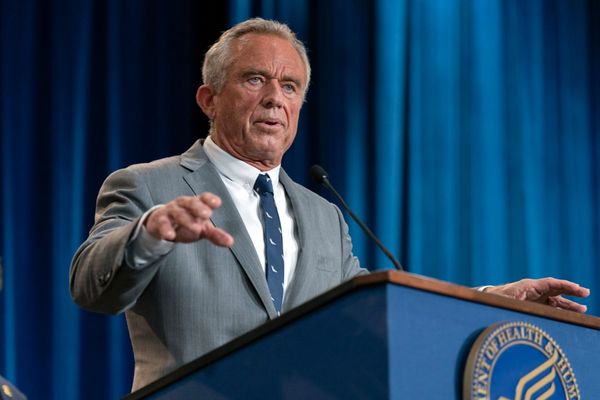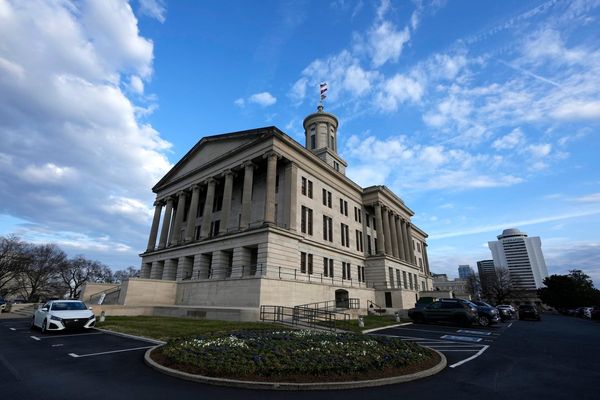Former Dallas Morning News political journalist Wayne Slater remembers the moment well. He was sitting at a sports bar near downtown Austin one day in the late 1980s, listening to a quixotic political consultant pitch his plan to turn Texas—a one-party state dominated by Democrats for nearly a century—red.
Only two Texas Republicans had ever won statewide elections in the 20th century. But the ambitious politico, a man in his late 30s named Karl Rove, was shoving papers in front of Slater that showed how demographic changes in Texas suburbs would open the door for a wholesale political realignment. “He basically predicted exactly what was going to happen,” recalled Slater, who went on to co-write three books about Rove.
The young operative made quick work of his mission. By the end of the century, Republicans controlled every statewide office and Governor George W. Bush was on his way to the White House.
As the architect of the GOP takeover in Texas—and the country—Rove is arguably more responsible than anyone for the big-business-friendly, socially conservative DNA of the modern Republican Party. Ever since he left for Washington, Rove has remained focused on national politics, building an infrastructure of shadowy super PACs and embracing his role as a celebrity pundit.
While he’s maintained a homestead in Austin, he’s rarely dipped his toe back in state politics. The state GOP no longer needed his services: Texas was once again a one-party state, with Republicans comfortably holding the reins at every level. But the political foundation that Rove laid three decades ago is beginning to crumble, thanks in no small part to President Donald Trump, who has proved to be an accelerant for Texas’ political realignment.
In 2016, Hillary Clinton shaved 7 percentage points off the presidential margin. The state’s urban centers, long blue bastions, are booming. The suburbs, once a stronghold for Republicans, are also growing—and diversifying. Beto O’Rourke’s Senate bid confirmed the urban-suburban seismic shift in 2018; the former congressman from El Paso came closer to winning statewide than any other member of his party in a generation, energizing a new base of Democratic activists and helping dozens of Democrats oust Republicans down-ballot.
High-level state Republicans have warned that Texas is becoming purple, and they’re concerned that the president’s toxicity could capsize the party in 2020. Soon-to-be-former Texas House Speaker Dennis Bonnen complained behind closed doors that Trump is “killing us” with urban and suburban voters; a leaked copy of an internal Texas GOP memo cited concerns that his “polarizing nature” could sap turnout.
In short, the crown jewel of Rove’s career is in peril. Now he has come home to ensure that Trump doesn’t unravel his legacy. Rove is reportedly advising the state party on its efforts to shore up its volunteer organizing program. He’s aiding a super PAC that has raised nearly $10 million from some of the same megadonors who helped finance his takeover, all to fund voter registration efforts in Texas. And he was also named the treasurer of a new PAC that aims to protect state House Republicans from advancing Democrats.
As Texas GOP chair James Dickey told the Observer, the last time the party had such a large-scale electoral effort was back in the 1990s, when Rove was leading the charge. By 2019, the mastermind of red Texas was eager to jump back in. As Dickey put it, “there was no way that he was not going to get involved to make sure the state wouldn’t flip the other way.”
It might seem surprising that he’s going all in on an election that will be consumed by Trump, since Rove, ever the establishmentarian, is no fan of the president’s insurgent style of politics. During the 2016 Republican primary, he called Trump “a complete idiot” who would destroy the party. But Rove has also never been one to put principles over politics. Ahead of Bush’s 2004 reelection campaign, he convinced Bush to come out against same-sex marriage—something that neither the president nor Rove personally felt strongly about—as a way to mobilize evangelical conservatives. Rove recognizes, too, the political value of Trumpism and the raw, revanchist energy that fuels it. He ended up advising Trump in his general election campaign in 2016; according to Dickey, he’s now volunteering his services for the president’s reelection campaign in Texas. (Rove declined the Observer’s request for an interview.)
It’s unclear just how prominent a role Rove will play in Texas, though the party appears ready to embrace the tactics of the notorious dirty trickster. Rule No. 1: Go on the attack from the outset. The leaked campaign memo highlighted the state GOP’s plan to go after the 12 state House Democrats who ousted Republicans in 2018. As the memo outlined, the GOP would buy up website domains with the Democrats’ names and fill them with attacks based on information gleaned from their public votes, campaign pages, and “any other means to gather negative material on them.” If Trump is toxic in the suburbs, the key for Texas Republicans is to make Democrats seem even more so.
It’s somewhat poetic that Rove is partly responsible for the specter now threatening to undo his political project. The GOP that he built to win Texas and the presidency—a party of country clubs, chambers of commerce, and compassionate conservatism—morphed into the party of Trump thanks to the sort of zero-sum Rovian strategies that embrace extremism to maintain power.
“Karl sees [Trump] as a sort of political instrument to make sure the state stays red,” Slater told the Observer. “If that’s who brought you to the dance, then that’s who you dance with.”
Read more from the Observer:
-
The 30 Best Texas Books of The Decade, from Amarillo to Utopia: As you scramble for a holiday gift or ponder what you’d like to peruse by the fire, we’ve got 10 years of Texas books to suggest.
-
As TCEQ Sits Idle, Polluters Double Illegal Air Pollution in 2018: Unauthorized emission incidents resulted in 135 million pounds of illegal air pollution, according to a new report by Environment Texas.
-
In Dallas, Churches Break the Law to Shelter Homeless People on Freezing Nights: A city ordinance prevents churches and virtually anyone else from acting as emergency shelters, but some are offering safe haven anyway.







